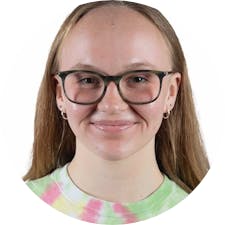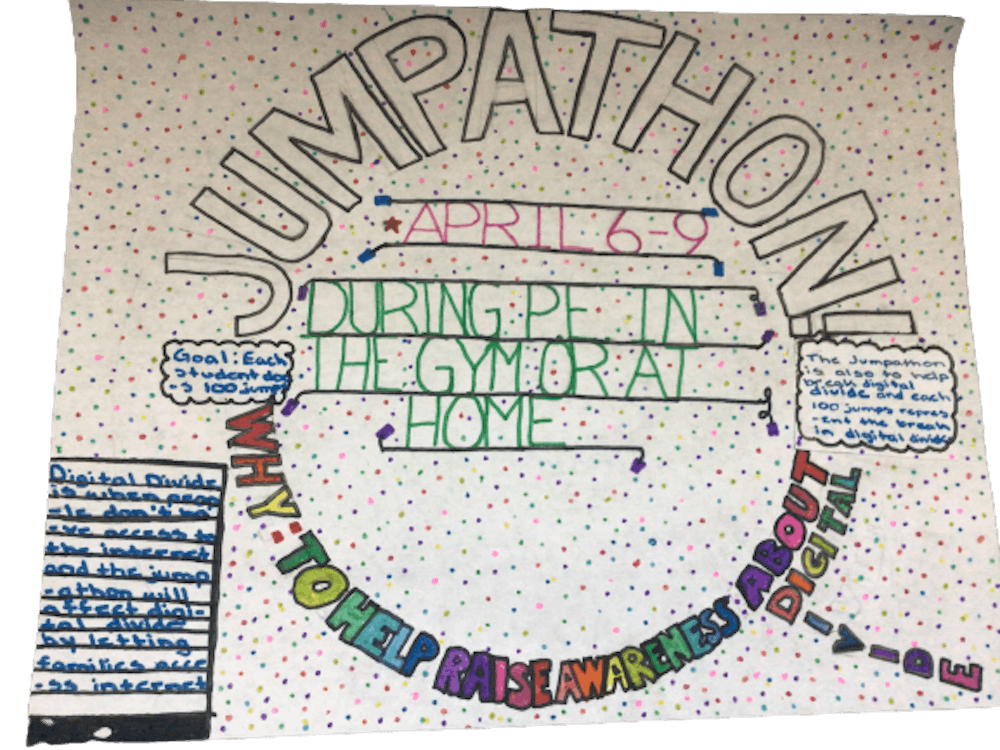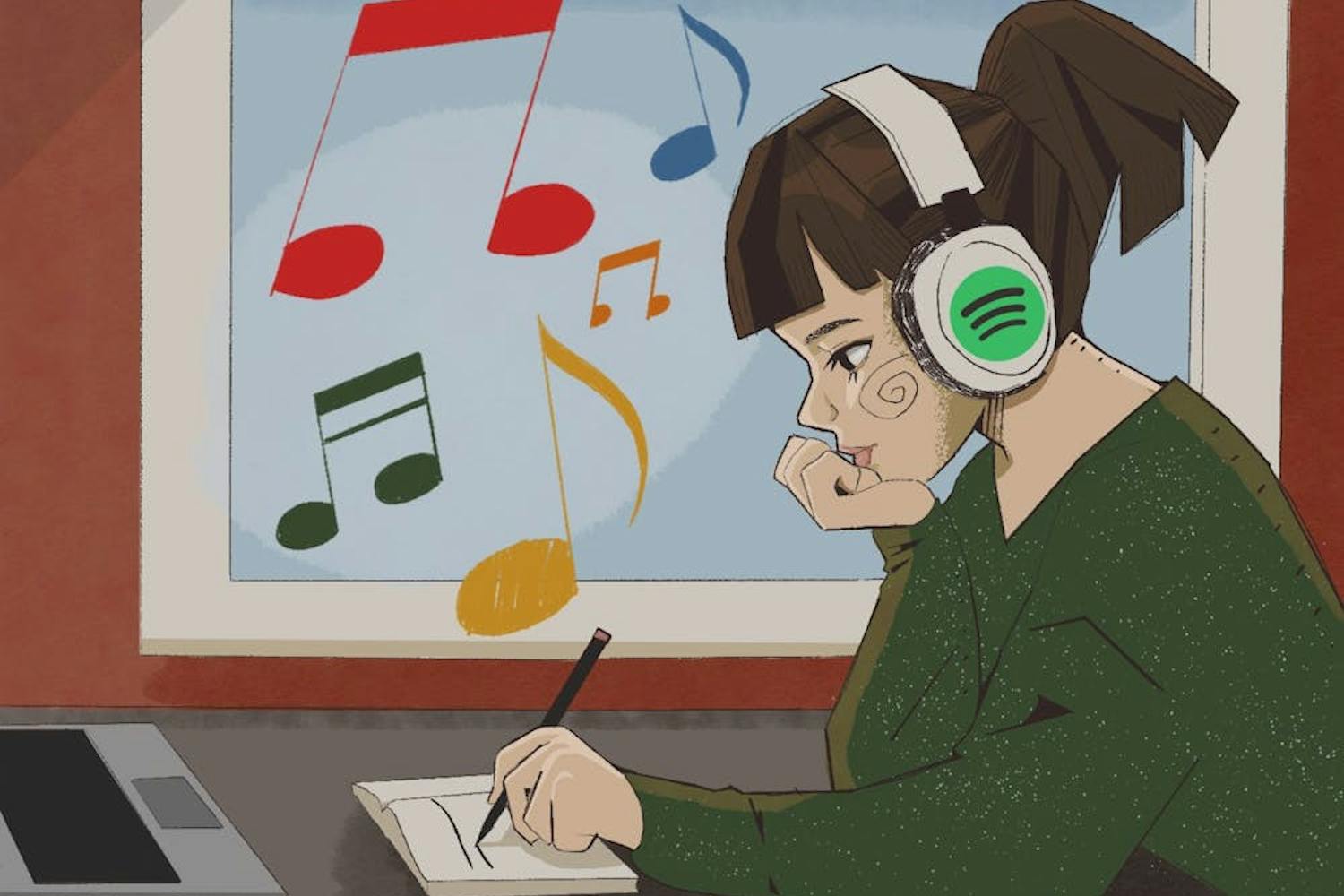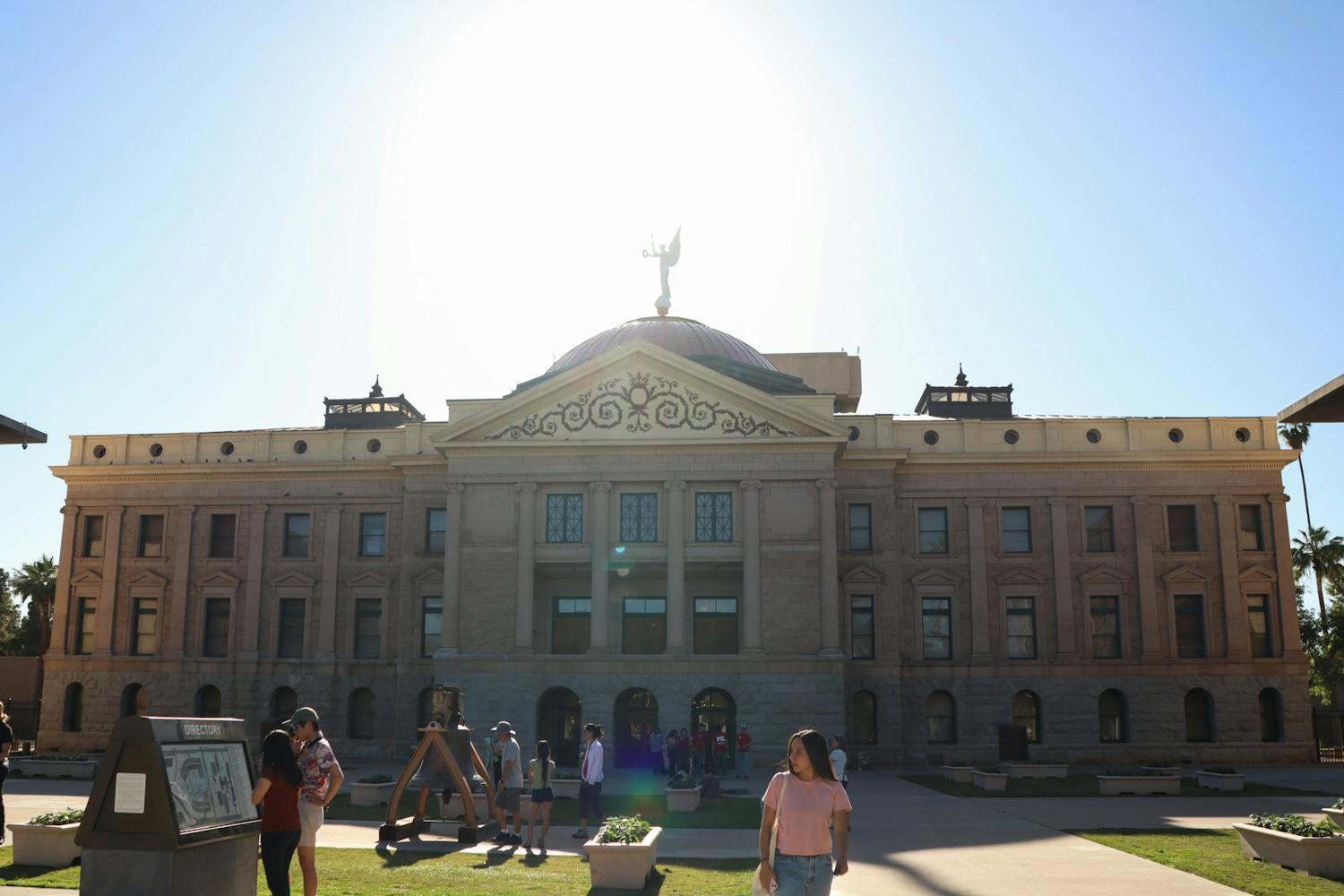Each year, a cohort of about 10 ASU scholarship recipients complete a service project focusing on one important issue in the community. This year, as the COVID-19 pandemic required students of all ages to stream lectures from home and meet their peers through a screen, the ASU Gammage Scholars focused their efforts on the digital divide.
The digital divide, or the growing gap between those who do and do not have access to the internet, affects a hefty percentage of those residing in Maricopa County – nearly 60% of households in the county have high-speed internet able to host video conferences.
Though none of the Gammage Scholars have experienced the digital divide in their academic pursuits, everyone in the group, who have not met in person due to the pandemic, showed interest in making virtual learning a better, more equitable experience for younger students experiencing learning for the first time.
"I think mostly, the impetus was just looking around and seeing elementary schools, seeing our cousins, our families, our little siblings having to attend virtual schools," said Alex Almeida, a Gammage Scholar and incoming senior studying economics and mathematics.
The ASU students financially sponsored enough jump ropes for K-12 students at schools in the Alhambra Elementary School District to use in physical education classes, encouraging each student to jump 100 times per day, while at the same time, using class periods to educate them on the lack of sufficient internet access in the area.
The team's players, from the Scholars to educators
The Grady and Kathryn Gammage Memorial Scholarship, for National Merit semifinalists, finalists and College Board National Recognition finalists who are incoming students in Barrett, The Honors College, honors the legacy of Grady Gammage, a former University president, and values commitment to contributing to the well-being of community.
The jump-a-thon took place at Cordova Elementary School in Phoenix and was in collaboration with AVID, or Advancement Via Individual Determination, a nonprofit that trains approximately 85,000 educators annually who in turn prepare students for college and close the opportunity gap.
"We felt the jump-a-thon was a good catalyst to drive forward this message," said Ariz Chang, a Gammage Scholar and incoming graduate student studying computer science. "We wanted to stay with the theme of the struggles of distance learning because one of the things that was impacted was the (physical education) classes."
AVID partner schools receive professional development, resources and other support, which create internal and external foundations for future learning in students still enrolled in K-12 programs.
Students in an AVID program in elementary school are typically paired with those in higher grades or in college to get them excited about the future. Those in middle and high school participate in a class designed for academic, social and emotional support to prepare them for college.
Cordova, a Title I school, is additionally supported by federal funds because of the high number of students who qualify for free or reduced-price lunch.
"Most of the students were close to the issue," Chang said. "We heard stories of some students who had these problems where there were too many kids in their house going to school and their internet wasn't good enough."
READ MORE: Connection ends here
The Gammage Scholars created a game plan with the help of teachers and other educators at the school because they were the ones on the frontlines of the divide, working every day with students and families struggling to connect.
The jump-a-thon
Almeida said the group of scholars asked Cordova students to create presentations with information and statistics about the digital divide they thought were interesting and relevant.
The scholars had students share the presentations with their peers and their parents because "as a person living in that area, perhaps you might not think it's odd that some people don’t have internet," Almeida said.
Ashley Mattingly, a middle school AVID teacher in the Alhambra School District, was responsible for fundraising, helping educate students about the digital divide and overseeing groups of students who created posters and presentations about the event.
"I learned that the best way to educate these students is to get them involved. There are only so many lessons where I can lecture," Mattingly said. "My favorite thing about AVID is that it equips students to be lifelong learners, providing the skills they need to be successful in college and beyond."
Alongside the jump-a-thon event was a five-week structured curriculum plan for ASU students to teach Cordova students about how to obtain scholarships, project and time management, and organizational and leadership skills.
"One of our main goals was to just leave a lasting impression on these guys and make sure that they had a good idea of what it meant to be a college student and how cool it would be," Chang said. "There was this kid, seventh or maybe eighth grade, and he already knew he wanted to go into computer science."
Mattingly said the jump-a-thon was compelling because AVID students got to feel like part of the solution. At the same time, it educated them about the digital divide and showed them people were coming together to assist them.
Sunny Martin, an ASU alumna and physical education teacher at Cordova, worked with another educator and the Gammage Scholars to solidify an event purpose, set goals and implement ideas as part of the jump-a-thon.
"We are living in a 21st century America, where high-speed internet connectivity has become a necessity for progress," Martin said. "It's the digital age, and access is certainly imperative for educational attainment."
Students at Cordova totaled more than 78,200 jumps, according to the event's homepage.
For Almeida, a key part of the project was the one-on-one mentoring experience they had with Cordova students and encouraging them to believe college was an option.
"In education, it always takes a village," Martin said. "This entire project was a team effort."
After the five-week curriculum had been absorbed and the jumping concluded, Chang said he was excited over how many students were interested and excited about going to college one day.
"All of these students were so excited to have their own jump rope, to be reaching these goals so fast and to be part of something bigger than themselves," Almeida said.
Reach the reporter at pjhanse1@asu.edu and follow @piperjhansen on Twitter.
Like The State Press on Facebook and follow @statepress on Twitter.
Continue supporting student journalism and donate to The State Press today.

Piper Hansen is the digital editor-in-chief at The State Press, overseeing all digital content. Joining SP in Spring 2020, she has covered student government, housing and COVID-19. She has previously written about state politics for The Arizona Republic and the Arizona Capitol Times and covers social justice for Cronkite News.





